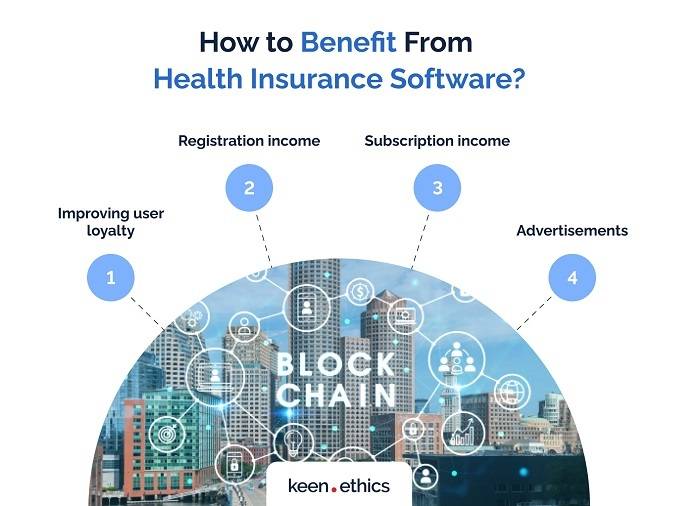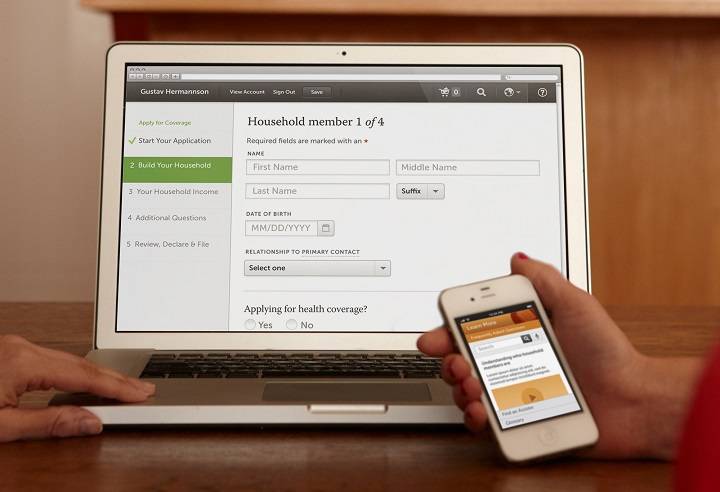In today’s rapidly evolving healthcare landscape, efficient management of health insurance enrollment processes is paramount. Health insurance enrollment software emerges as a solution to streamline these operations, ensuring accuracy, compliance, and cost-effectiveness. This comprehensive guide delves into the intricacies of health insurance enrollment software, its benefits, features, and implementation strategies.
Understanding Health Insurance Enrollment Software:

Health insurance enrollment software encompasses a range of digital tools designed to automate and optimize the enrollment process for healthcare providers, insurers, and beneficiaries. These solutions leverage cutting-edge technologies like artificial intelligence, machine learning, and data analytics to simplify complex workflows associated with insurance enrollment.
Benefits of Health Insurance Enrollment Software:
- Enhanced Efficiency: Automation reduces manual intervention, minimizing errors and accelerating the enrollment process.
- Improved Accuracy: Built-in validation checks ensure data accuracy, reducing the likelihood of discrepancies and rework.
- Cost Savings: By eliminating paper-based processes and reducing administrative overheads, organizations can achieve significant cost savings.
- Compliance Adherence: Health insurance enrollment software facilitates adherence to regulatory requirements, reducing the risk of non-compliance penalties.
- Enhanced Data Security: Robust security measures safeguard sensitive healthcare information, mitigating the risk of data breaches.
- Streamlined Communication: Seamless integration with communication channels enables real-time updates and notifications, fostering better communication between stakeholders.
Key Features of Health Insurance Enrollment Software:
- Online Enrollment Portals: Intuitive portals allow beneficiaries to enroll in health insurance plans conveniently from any device with internet access.
- Automated Eligibility Verification: Integration with databases and eligibility criteria ensures swift and accurate verification of applicant eligibility.
- Document Management: Centralized document repositories facilitate secure storage and retrieval of enrollment-related documents, reducing paperwork.
- Electronic Signatures: Digital signature capabilities expedite the signing process, eliminating the need for physical paperwork.
- Data Analytics: Advanced analytics tools provide valuable insights into enrollment trends, enabling informed decision-making and resource allocation.
- Integration Capabilities: Seamless integration with existing systems such as Electronic Health Records (EHR) and Practice Management Software (PMS) ensures data consistency and interoperability.
Implementation Strategies for Health Insurance Enrollment Software:

- Assessment of Organizational Needs: Conduct a thorough assessment of current enrollment processes, identifying pain points and areas for improvement.
- Vendor Evaluation: Research and evaluate potential software vendors based on factors such as functionality, scalability, and customer support.
- Customization and Configuration: Work closely with the chosen vendor to customize the software to align with organizational requirements and workflows.
- Training and Change Management: Provide comprehensive training to staff members to familiarize them with the new software and facilitate smooth adoption.
- Pilot Implementation: Conduct a pilot implementation phase to test the software in a controlled environment and address any issues before full deployment.
- Ongoing Evaluation and Optimization: Continuously monitor the performance of the software, gathering feedback from users and stakeholders to identify areas for optimization and enhancement.
Future Trends in Health Insurance Enrollment Software:
- Integration with Telehealth Platforms: Integration with telehealth platforms to enable seamless enrollment during virtual consultations.
- Enhanced Personalization: Utilization of data analytics and AI to personalize the enrollment experience based on individual preferences and needs.
- Blockchain Technology: Adoption of blockchain technology to enhance data security and integrity in enrollment processes.
- Mobile Applications: Development of mobile applications for on-the-go enrollment, catering to the needs of smartphone users.
- Predictive Analytics: Implementation of predictive analytics to forecast enrollment trends and proactively adjust resources accordingly.
Health insurance enrollment software represents a paradigm shift in healthcare administration, offering a myriad of benefits ranging from improved efficiency and accuracy to cost savings and compliance adherence. By embracing these digital solutions and staying abreast of emerging trends, healthcare organizations can streamline their enrollment processes, enhance patient satisfaction, and drive overall operational excellence in the dynamic healthcare landscape.


